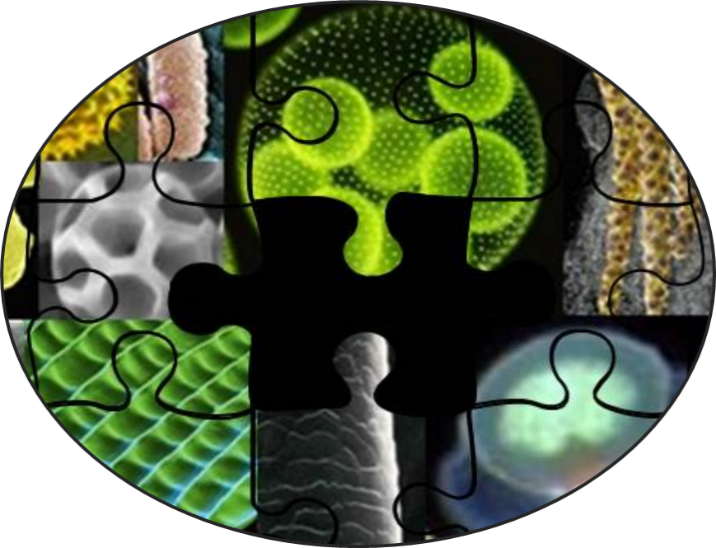Aerosols & Air Quality

An aerosol is a collection of tiny particles that remain lofted in the Earth's atmosphere for extended periods of time. Aerosol particles range from desert dust, sea spray, bioaerosols, black and organic particles from combustion processes to aerosol formed from chemical reactions in the atmosphere. The airborne solid and liquid particles in the nanometer to micrometer size range influence the energy balance of the Earth, the hydrological cycle, atmospheric circulation, and affect atmospheric chemistry. Moreover, they can cause or enhance human, animal and plant diseases. This focus group takes advantage of the scientific expertise of numerous groups at the MPI for Chemistry and JGU developed in climate- and atmosphere-related aerosol studies. Although these topics are still in the center of several research activities in Mainz, the Aerosols & Air Quality focus intends to enhance existing research initiatives through the incorporation aerosol effects on human health. It is estimated that mortality attributable to outdoor air pollution amounts to over 4 million individuals per year, and associated with 123 million years of life lost. Research is needed to identify the sources and production mechanisms of ozone and especially PM 2.5 (particulate matter < 2,5 µm), which are the two parameters most commonly linked to the loss of life. Many further gas and particle species may be important for human health so more detailed physical and chemical characterization of the pollution as well as the physiological impacts is required. This is a particularly timely endeavor as more than 50% of the world’s population live in urban areas and nearly 90% of people live in areas where WHO air quality guidelines are exceeded. A quite recent topic in Mainz is indoor air quality. Due to the fact that an average person spends over 80% of their daily life indoors, the importance of this research topic is obvious. However, the chemistry and physics controlling indoor air quality are surprisingly poorly understood. Emissions from building materials, furnishings, cleaning products and people can interact with species drawn in from outside or produced from the large and diverse indoor surface areas.
The research activities span from the development and application of advanced measurement techniques, the performance of laboratory experiments and field measurements, to the development and application mathematical modeling.
